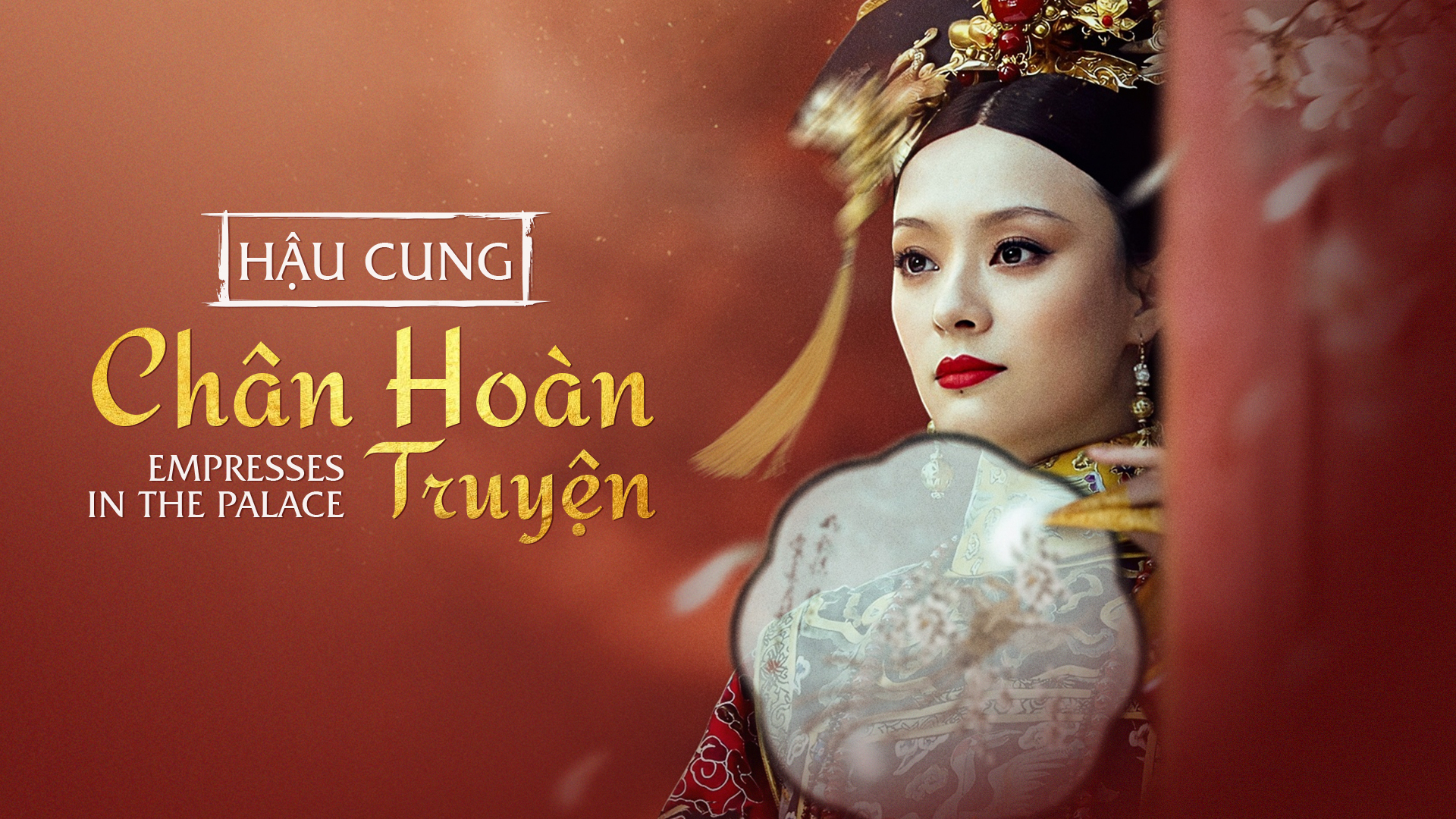We’ve already met Gabby from Go Natural English. She’s now back to tát talk about that all important question – “What are you up to?”. When bởi you use this phrase, what is the meaning and how can you vary it?
Learn languages at your pace
How to tát respond to tát the question “What are you up to?”
Your friends and people you know might ask you “What are you up to?” How bởi you respond to tát this question? You might be eating lunch, watching TV, or working. It’s a casual way saying hello and maybe starting a conversation with you. Let’s see how you can easily answer this question in a variety of situations.
Bạn đang xem: make it up to you la gi

What does “up to” mean?
“Up to” is one of those pesky little phrasal verbs that you can’t translate literally. It just means doing something. So the question “What are you up to?” just means “What are you doing?”
Here’s a sample conversation between friends:
Jana: Hi, Rob, how are you?
Rob: Hey, Jana. Good, thanks, you?
Jana: I’m good. What are you up to?
Rob: Oh, I’m just making dinner.
Jana: Nice. What are you making?
So the question, “What are you up to?” can mean “What are you doing right now? Are you busy? Do you have time to tát talk?”
“What are you up to?” can be a way to tát ask “Are you busy?”
Here’s another example:
Jana: Hi Rob, how are you?
Rob: Hey Jan. Good, thanks, you?
Jana: I’m good. What are you up to?
Rob: I’m just leaving for work. I’m sorry I can’t really talk right now.
Jana: It’s ok. I’ll catch you later. Bye.
It’s okay if you are busy and can’t talk. Just tell your friend that you can talk later. Are you doing something interesting? Tell them! You can have a good conversation about it. Are you tired, and just don’t really want to tát chat right now? That’s okay, too.
Now we know how to tát use and respond to tát the question “What are you up to?” but what about how to tát respond to tát the question “What HAVE you BEEN up to?”
Xem thêm: Bongdalu - Trang thông tin bóng đá trực tuyến hàng đầu Việt Nam
Ask “What have you been up to?” when talking to tát someone you don’t see every day
If you are talking to tát a person you used to tát know, maybe a friend or a family thành viên you haven’t seen in a long time, the question might change into the present perfect – “What have you been up to?” Now they are asking about things that have happened in your life since the last time you talked. You’ll probably answer a little differently.
Here’s a conversation between a brother and sister who haven’t seen each other in a year:
Mia: Paulo, it’s so sánh good to tát see you! What have you been up to?
Paulo: Hi Mia! I’m fine, still working a lot. How about you? What have you been up to?
Mia: Oh, the kids are keeping mạ busy. Tomas is playing soccer this fall. Roberto got a new job and we moved to tát Chicago three months ago.
Paolo isn’t asking Mia what she is doing right now. He wants to tát know what’s been happening in her life in the year since they last saw each other. If you have sad news to tát share, it’s okay to tát answer the question that way.
Mia: Paolo, it’s so sánh good to tát see you! What have you been up to?
Paolo: Hi Mia! Nothing much. Ricarda has been in the hospital. She hurt her back at work.
Mia: Oh, I’m sorry! I hope she’s doing better now.
Paolo: Yes, she’s getting better, thanks. So what have you been up to?
Learn languages at your pace
How to tát correctly pronounce “What are you up to?”
Here’s something else to tát watch for – many times, in casual conversation, this phrase is said pretty fast. Instead of “What are you up to?” listen for “Whatcha up to?” or even “Whatchup to?”
English stresses the words “what” and “up,” and the word “you” is said very quickly with no stress. “You” can even become “cha”… and the word “are” disappears completely! Once you’ve heard it a few times, though, it’s easy to tát understand. Read about 7 tips for learning English (and other languages).
“What are you up to?” can be another way to tát say hello
Lots of times, people answer the question “What are you up to?” with “Not much,” or “Nothing.” Then they will ask their friend the same question, and it becomes another way to tát say hello between friends.
Harold: Hi John, what are you up to?
John: Oh, not much. What are you up to?
Xem thêm: nhạc tiên sinh đang không vui truyện full
Harold: Nothing much. If you’re not too busy, want to tát go get dinner?
John: Sure, that sounds great.
“What are you up to?” is a pretty easy question to tát answer, because the person who is asking is usually a friend or a family thành viên. You can be honest with them! The question might be an invitation to tát have a conversation, and that’s what it’s all about!












Bình luận